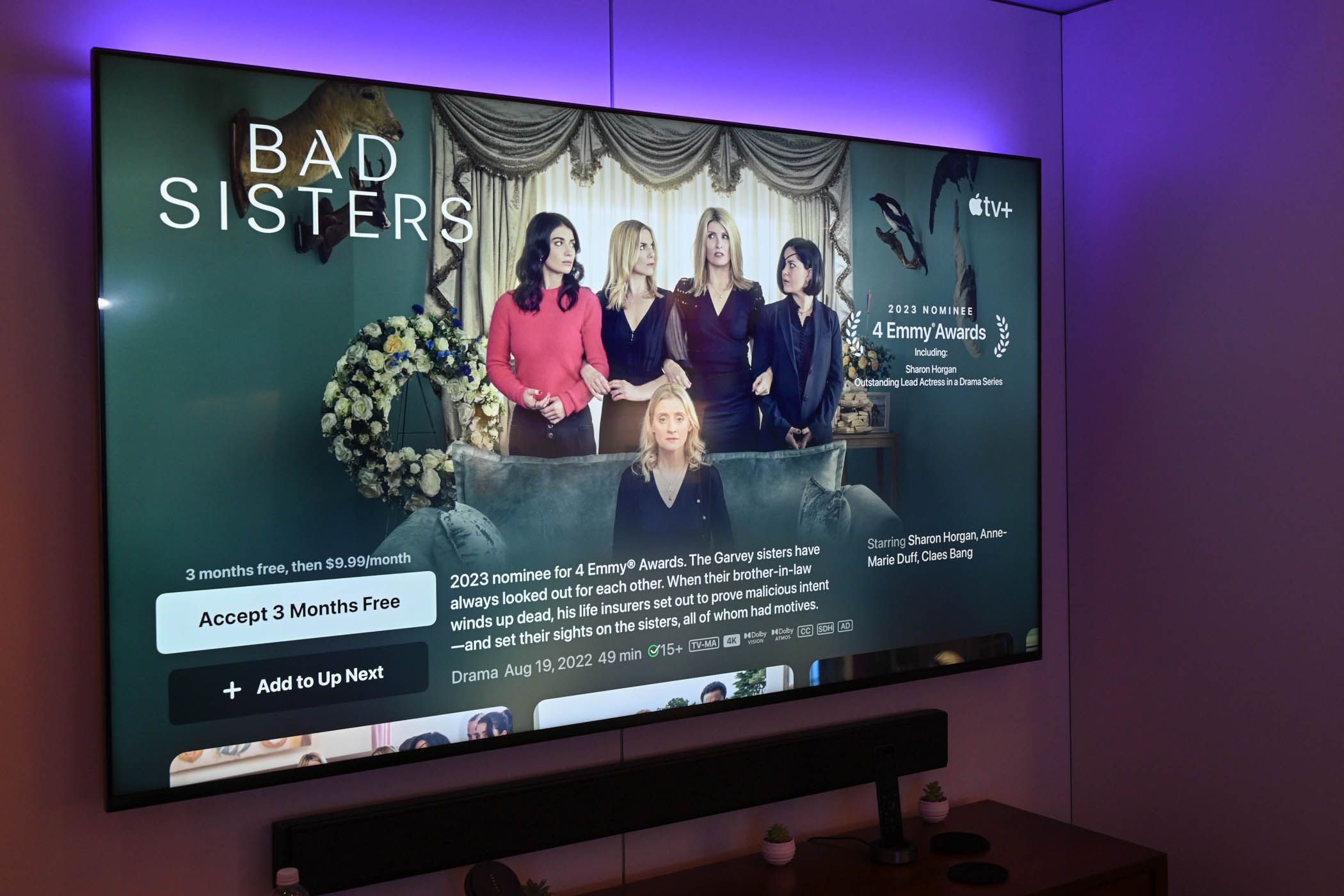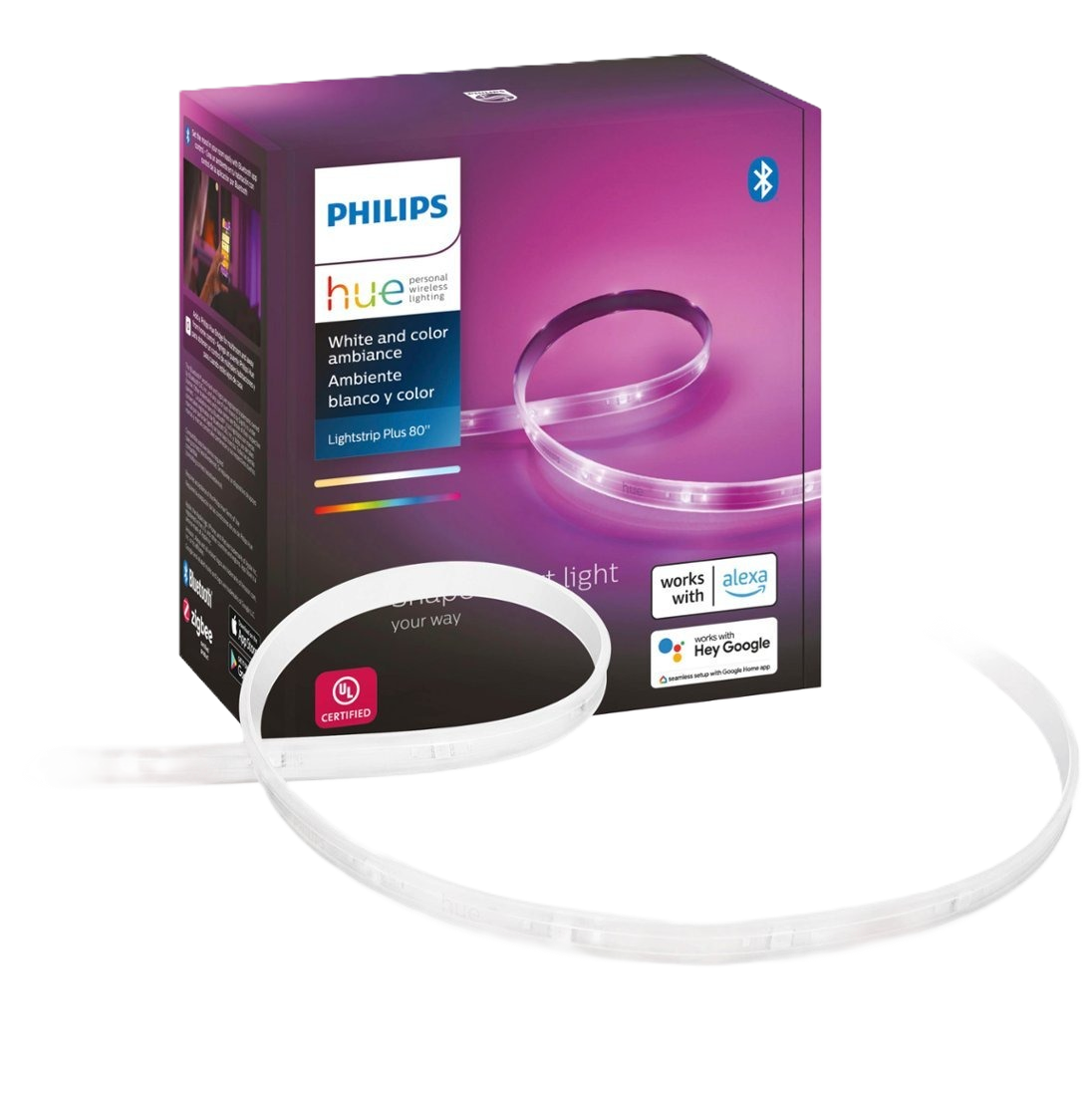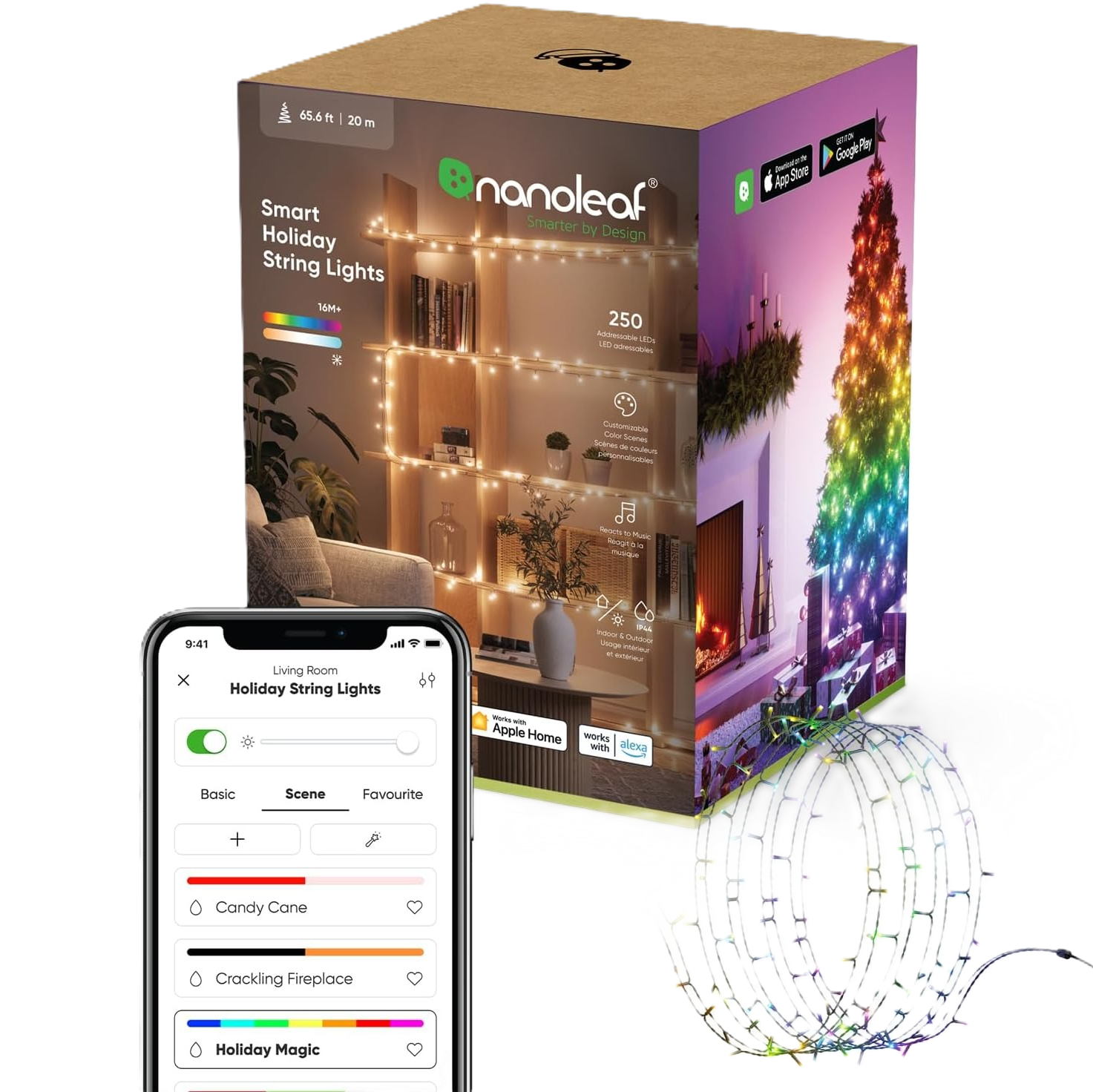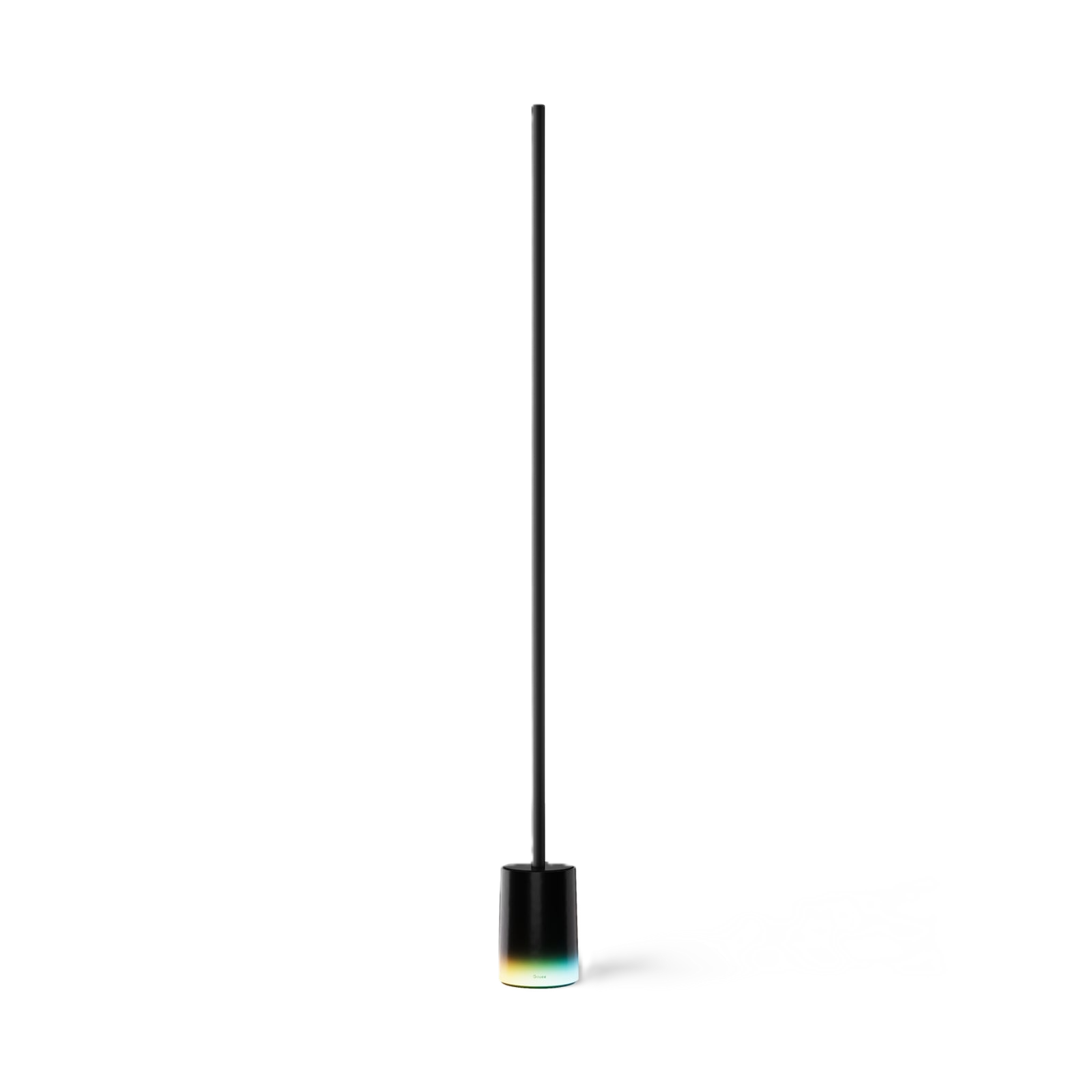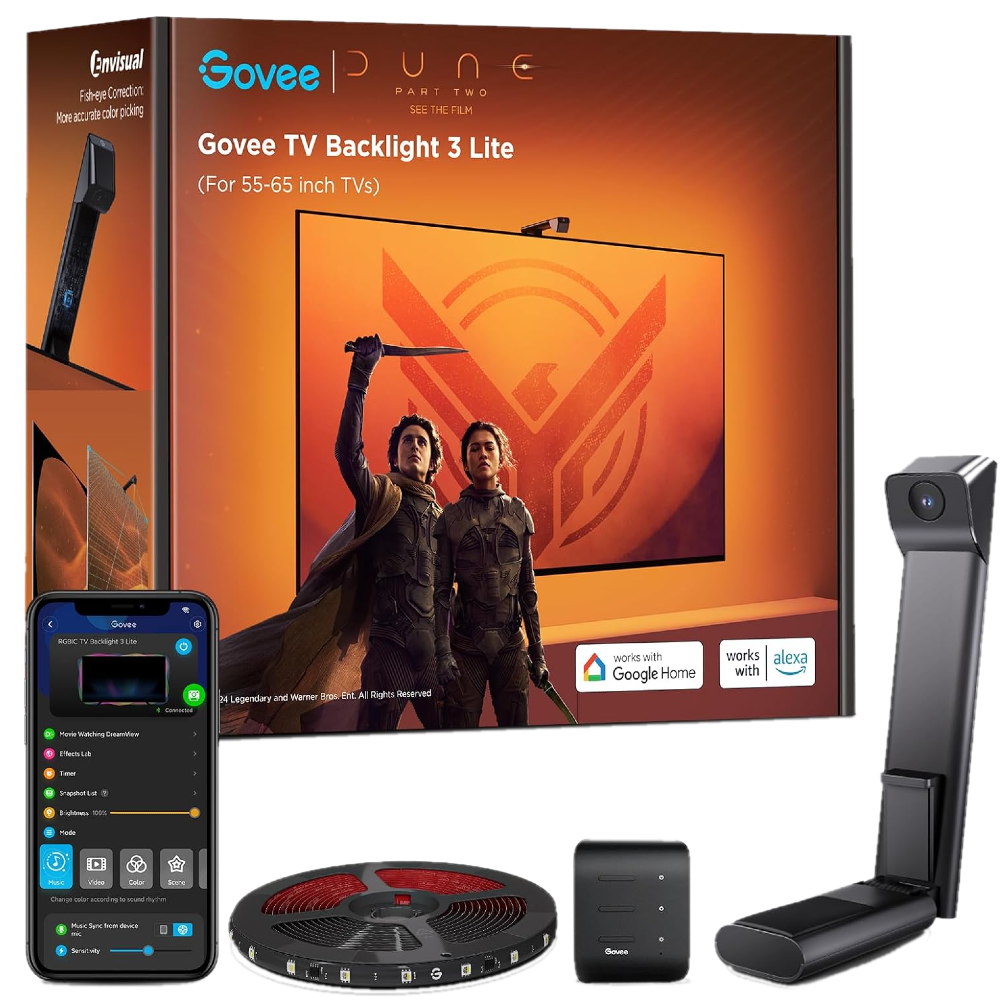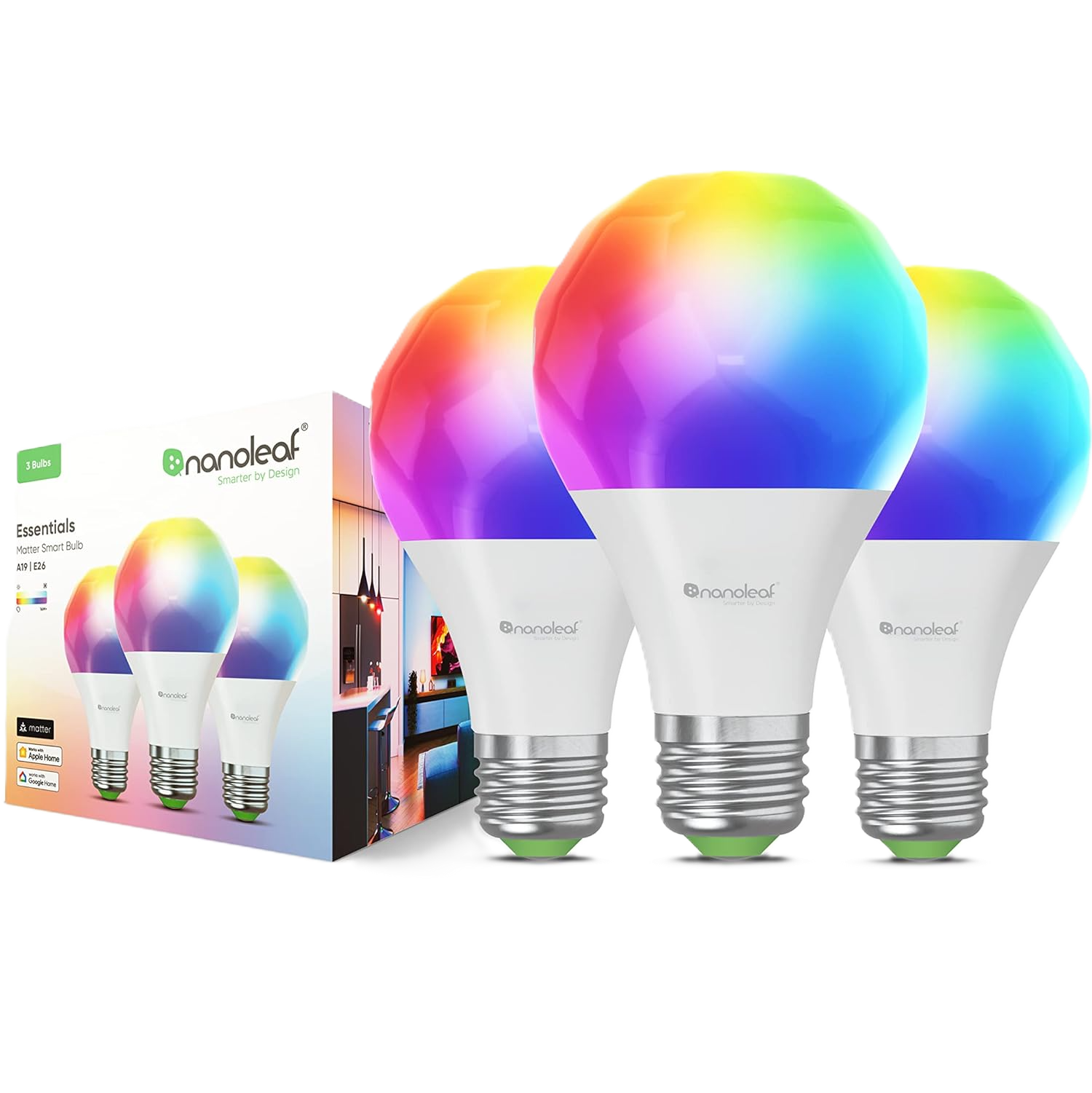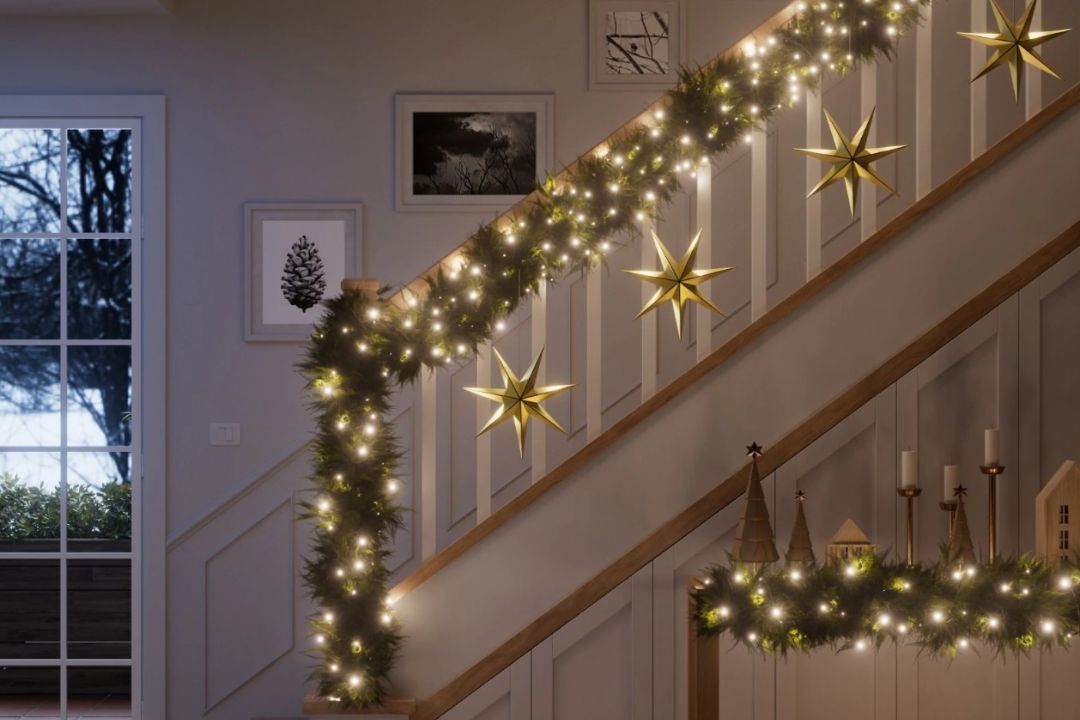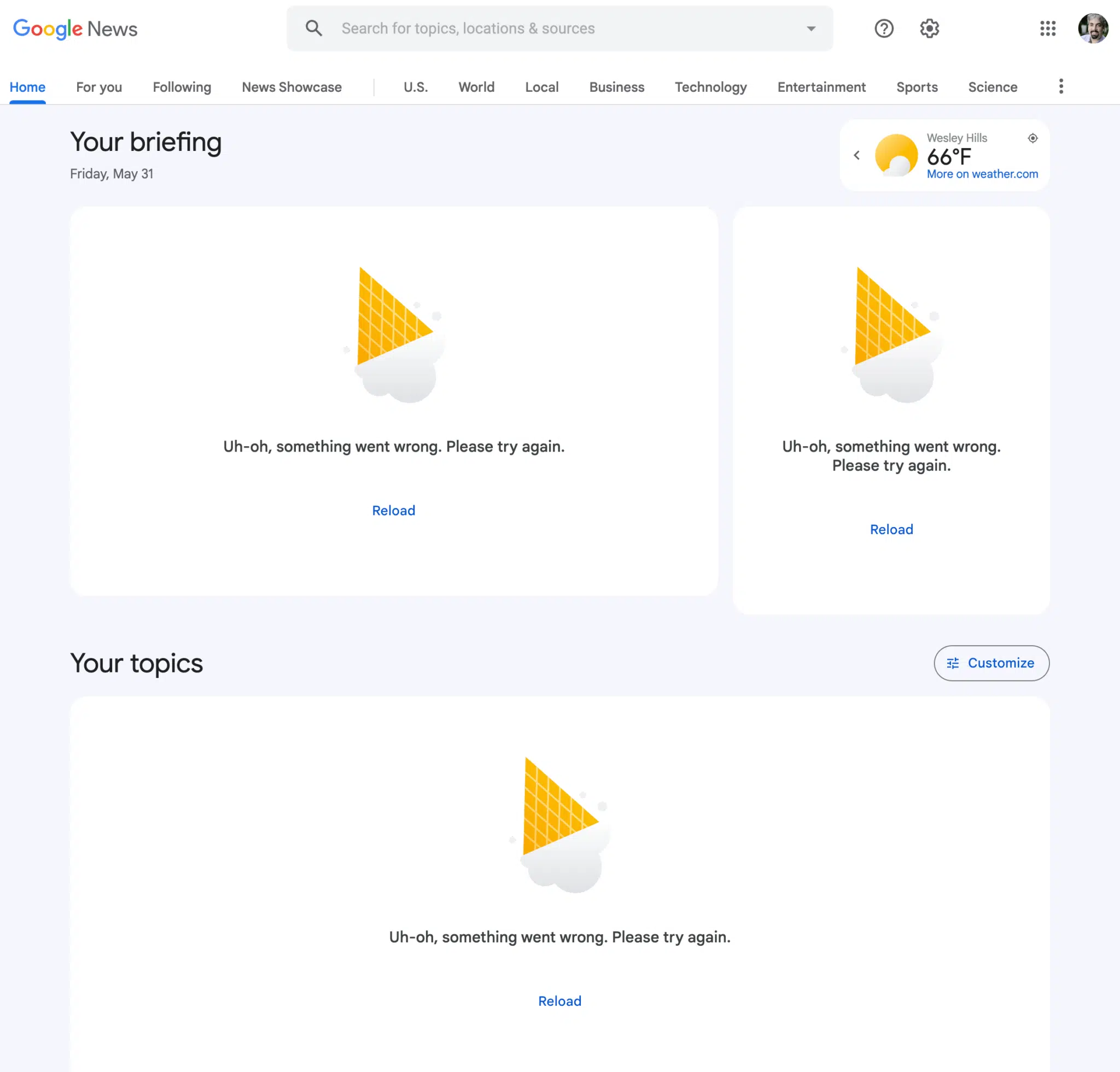FDA staff outline shortcomings of Lykos data for MDMA therapy
Food and Drug Administration scientists have reservations about a potential new treatment for post-traumatic stress disorder that’s currently up for approval.
Developed by an unusual company called Lykos Therapeutics, the ecstasy-based treatment has been tested across a handful of clinical trials, including two late-stage, placebo-controlled studies that are serving as the main evidence to support approval. In those experiments, all participants received a certain kind of psychological intervention. But those also given midomafetamine — better known to some as MDMA — experienced significant reductions in the severity of their PTSD symptoms.
While Lykos believes these results are enough to bring its therapy to market, FDA staff don’t appear as convinced. The agency will next week convene an outside group of experts to appraise the available evidence and vote on two central questions: whether the therapy seems effective at treating PTSD, and whether its benefits outweigh the possible risks.
In documents released ahead of the meeting, FDA staff questioned the strength of Lykos’ data. They argued the results are “challenging to interpret” due to several factors, chief among them the “nature of the treatment itself.” MDMA alters mood and cognition, and can produce psychedelic effects like distorting time or sensations. It’s therefore “nearly impossible” to test drugs like Lykos’ without study participants and investigators figuring out which treatment is which.
FDA staff noted that approximately 90% of those assigned to Lykos’ drug and 75% of those assigned to placebo were able to correctly guess their treatment assignment. Such “functional unblinding” can sway trial results. Participants who think they’re taking the drug may report better-than-expected outcomes, while those who believe they’ve been given a placebo might do the opposite.
Given the potential for unblinding, the FDA said data from other sources may help to affirm that the results seen in Lykos’ studies were indeed driven by the MDMA. The company did conduct follow-up assessments at least six months after the initial treatment period, so as to measure how long-lasting the therapy’s effects are. Again, it found the severity of symptoms had declined significantly more in patients given MDMA versus a placebo.
Still, those results weren’t flawless. The FDA highlighted how roughly 1 in 4 participants dropped out between the main study period and the follow-up visits. Some also received therapeutic interventions during that intermission. Altogether, the issues “limit the interpretability of these results,” according to agency staff.
Meanwhile, assessing the safety of Lykos’ therapy “presents numerous challenges.”
The so-called safety database that Lykos assembled includes 426 participants exposed to MDMA in the company’s own trials, plus another 50 participants from studies conducted by the National Institute on Drug Abuse. FDA staff acknowledged that a database of this size “may be adequate” for a serious and life-threatening condition like PTSD.
However, they knocked Lykos for not collecting sufficient data on the potential risks of its drug to cardiovascular and liver health.
Lykos was also advised to document any adverse events associated with the abuse of MDMA. But, according to the FDA, the company didn’t do this for effects considered positive, favorable or neutral, like euphoria or elevated mood.
“The lack of information on abuse-related terms limits the assessment of abuse potential in the context of this program,” FDA staff wrote, adding that, if Lykos’ therapy were to be approved, the agency would likely require the company to collect additional post-marketing safety data, including liver function tests.
Despite these sticking points, FDA staff recognized multiple times how Lykos generated positive results across a series of studies, in a condition that’s both prominent and difficult to treat. Estimates cited by the agency hold that, in any given year, about 5% of people in the U.S. have PTSD. So-called SSRI drugs can be effective for these patients, though their full effects usually don’t kick in until several months of dosing. Even then, research indicates that response rates rarely exceed 60%.
“Although this application presents a number of complex review issues, it does include two positive studies in which participants in the [MDMA] arm experienced statistically significant and clinically meaningful improvement in their PTSD symptoms, and that improvement appears to be durable for at least several months,” FDA staff wrote.
In its own documents, Lykos argued that the potential risks of its therapy can be mitigated through measures like physician education, product labeling and a “REMS” program.
“If approved, [our therapy] will provide patients suffering from PTSD a novel treatment paradigm that engages them in a psychological intervention while offering the benefits of an acute pharmacological intervention,” Lykos said.






